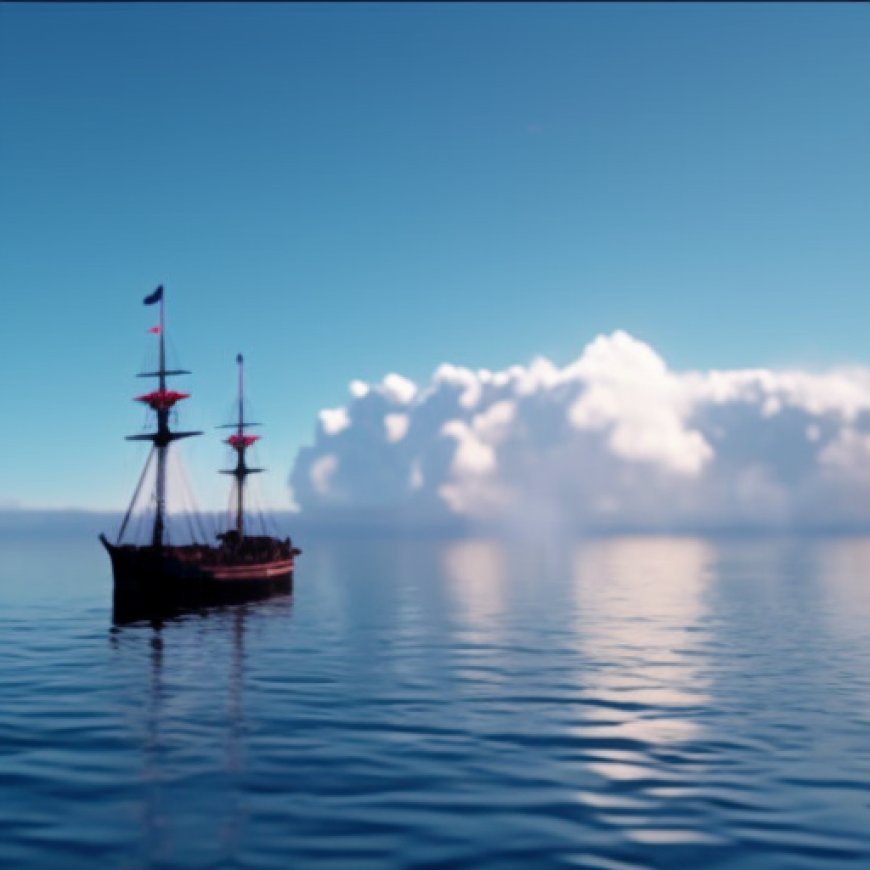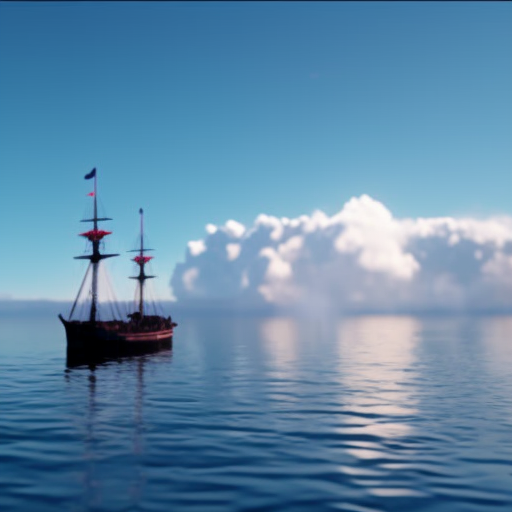Rising temperatures from climate change depleting oxygen in coastal waters, threatening marine life • Oregon Capital Chronicle
Rising temperatures from climate change depleting oxygen in coastal waters, threatening marine life • Oregon Capital ... Oregon Capital Chronicle


Climate Change Affects Pacific Ocean and Threatens Seafood Industry

Climate change has warmed waters off the coasts of Oregon, Washington, and northern California each summer, and reduced oxygen levels over a much larger area of the Pacific Ocean than was previously known, a new study found.
The Impact on Shellfish and Groundfish
- This depletion could harm shellfish in the region, such as Dungeness crabs, and lead to the migration or mass die-offs of groundfish such as sole and lingcod.
- Both shellfish and groundfish are critical sources of revenue for the region’s multi-million dollar seafood industry.
The findings, published recently in the journal Nature, showed more broadly what was known piecemeal from other studies during the last 70 years, according to Jack Barth, lead researcher and an Oregon State University professor of marine studies.
“It’s bringing into focus this very blurry picture we had, and now we can actually point to areas off the coast that are more susceptible and less susceptible to ocean warming and hypoxia,” he said.
Research and Data Collection
During the summer of 2021, Barth and scientists from Oregon State University, the National Oceanic and Atmospheric Administration, and the Oregon Department of Fish and Wildlife deployed research ships and self-driving underwater gliders across the continental shelf of the northwest U.S.
They measured oxygen levels across 2,100 square miles of Pacific Ocean from Crescent City, California to the Strait of Juan de Fuca along the Canadian border. About half had areas that were “hypoxic,” meaning the concentration of oxygen in the water was so low that few organisms would survive for long.
Barth said the data, collected during a summer of record-breaking heat, gives a good snapshot of what climate change is likely to bring in the future. In 2021, there were mass die-offs of shellfish along the coasts of Washington and British Columbia, and Oregon’s crab catch was well below average, according to the Oregon Dungeness Crab Commission.
Increasing Hypoxia Levels
- Historical data and maps from other research show summer hypoxia on the rise off the northwest coast during the past few decades.
- From 1950 to 1980, low oxygen levels were recorded in 2% of that part of the Pacific.
- It grew to 24% from 2009 to 2018 and then more than doubled by the summer of 2021.
Barth is currently reviewing 2022 and 2023 data and said it appears that hypoxia was found across much of the same area but was less severe during those slightly cooler and less windy summers.
The researchers estimate that the quantity of hypoxic water in the Pacific Ocean along the northwest coast during the summer of 2021 was five to ten times greater than the volume found annually in the infamous Gulf Dead Zone. That’s an area of low-oxygen water about the size of Rhode Island and Delaware, which is formed in late summer each year as vast amounts of farm fertilizers and animal manure flush down the Mississippi River to the Gulf of Mexico.
“People are familiar with the Gulf Dead Zone, and the problem of excess nutrients,” Barth said. “We’re trying to draw attention to a much larger area impacted by bigger changes in the ocean.”
Sustainable Development Goals (SDGs)
The findings of this study align with several Sustainable Development Goals (SDGs), including:
- SDG 13: Climate Action
- SDG 14: Life Below Water
- SDG 15: Life on Land
Addressing climate change and its impacts on marine ecosystems is crucial for achieving these goals and ensuring the sustainability of coastal communities and the seafood industry.
GET THE MORNING HEADLINES DELIVERED TO YOUR INBOX
SDGs, Targets, and Indicators
1. Which SDGs are addressed or connected to the issues highlighted in the article?
- SDG 13: Climate Action
- SDG 14: Life Below Water
The article discusses the impact of climate change on the Pacific Ocean and its marine life. This aligns with SDG 13, which focuses on taking urgent action to combat climate change and its impacts. Additionally, the article mentions the potential harm to shellfish and groundfish, highlighting the importance of marine life and sustainable use of ocean resources, which is addressed in SDG 14.
2. What specific targets under those SDGs can be identified based on the article’s content?
- SDG 13.1: Strengthen resilience and adaptive capacity to climate-related hazards and natural disasters
- SDG 14.1: By 2025, prevent and significantly reduce marine pollution of all kinds
- SDG 14.2: By 2020, sustainably manage and protect marine and coastal ecosystems to avoid significant adverse impacts
The article highlights the need to strengthen resilience and adaptive capacity to climate-related hazards, such as warming waters and reduced oxygen levels. This aligns with SDG 13.1. Additionally, the potential harm to shellfish and groundfish emphasizes the importance of preventing marine pollution (SDG 14.1) and sustainably managing and protecting marine ecosystems (SDG 14.2).
3. Are there any indicators mentioned or implied in the article that can be used to measure progress towards the identified targets?
- Oxygen levels in the Pacific Ocean
- Extent of hypoxic areas
- Impact on shellfish and groundfish populations
- Comparison of hypoxic water volume with the Gulf Dead Zone
The article mentions the measurement of oxygen levels in the Pacific Ocean and the identification of hypoxic areas. These indicators can be used to measure progress towards SDG 13.1 and SDG 14.2. Additionally, the impact on shellfish and groundfish populations can serve as an indicator of progress towards SDG 14.2. The comparison of hypoxic water volume with the Gulf Dead Zone provides a quantitative indicator of the extent of the issue.
4. Table: SDGs, Targets, and Indicators
| SDGs | Targets | Indicators |
|---|---|---|
| SDG 13: Climate Action | 13.1: Strengthen resilience and adaptive capacity to climate-related hazards and natural disasters | – Oxygen levels in the Pacific Ocean – Extent of hypoxic areas |
| SDG 14: Life Below Water | 14.1: By 2025, prevent and significantly reduce marine pollution of all kinds 14.2: By 2020, sustainably manage and protect marine and coastal ecosystems to avoid significant adverse impacts |
– Oxygen levels in the Pacific Ocean – Extent of hypoxic areas – Impact on shellfish and groundfish populations – Comparison of hypoxic water volume with the Gulf Dead Zone |
Behold! This splendid article springs forth from the wellspring of knowledge, shaped by a wondrous proprietary AI technology that delved into a vast ocean of data, illuminating the path towards the Sustainable Development Goals. Remember that all rights are reserved by SDG Investors LLC, empowering us to champion progress together.
Source: oregoncapitalchronicle.com

Join us, as fellow seekers of change, on a transformative journey at https://sdgtalks.ai/welcome, where you can become a member and actively contribute to shaping a brighter future.







